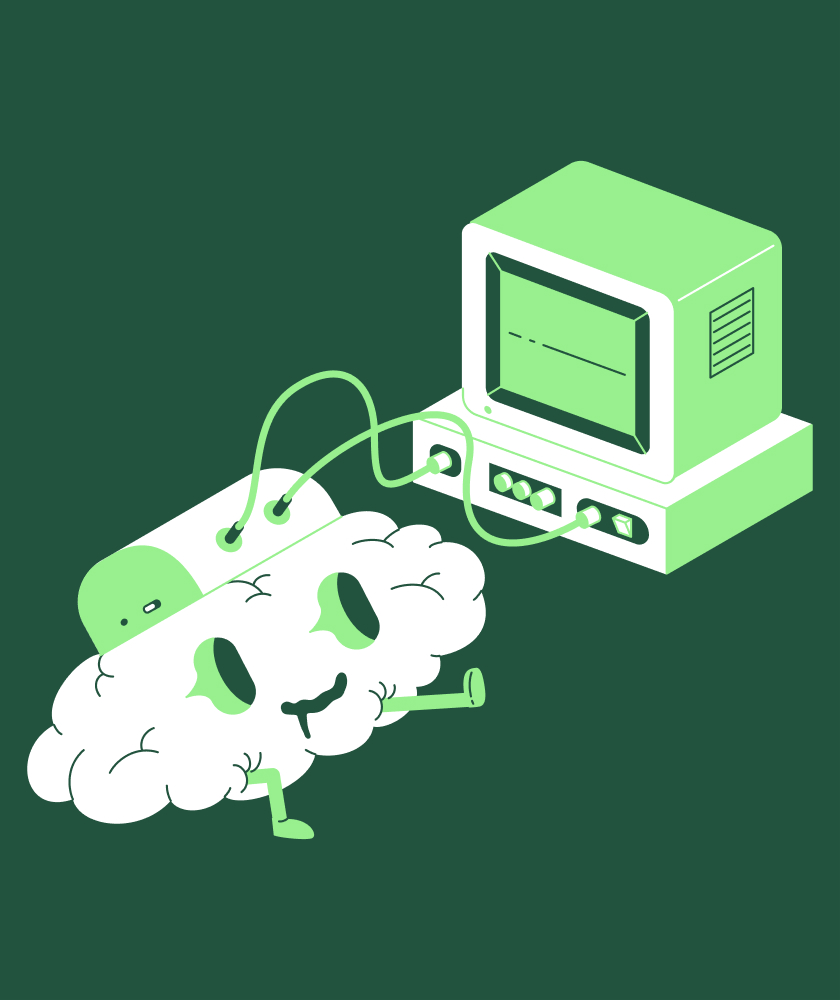Find out more about what the European CSRD directive requires and what companies must do to comply.

Europe towards a sustainable future: the CSRD Directive and the Sustainability Report
Europe is facing an ambitious challenge: achieving climate neutrality by 2050. To meet this goal, the European Union has issued the Corporate Sustainability Reporting Directive (CSRD), which requires companies to report their environmental and social impacts more transparently and in greater detail.
In this article, we will explore the contents of the CSRD Directive, analyzing the implications for businesses and civil society. We will see how these European initiatives aim to promote sustainable development, fostering the transition towards an economy that is more respectful of the environment and people.
What is the CSRD Directive?
The recent Corporate Sustainability Reporting Directive (CSRD), which came into force on January 5, 2023, expands the obligation for numerous companies to compile a sustainability report, also known as a sustainability balance sheet, and to disclose data regarding ESG (environmental, social, and governance) aspects. Let's see what the new provisions entail.
What are the new provisions introduced by the CSRD Directive?
The European Union requires large publicly traded companies to disclose information on social and environmental issues and the impact of their activities on people and the environment. The collected information, relating to activities linked to environmental impact, governance, social responsibility, working conditions, and human rights, will be both qualitative and quantitative, covering short, medium, and long-term periods, and will be integrated into the annual financial statements.
The directive also introduces European reporting standards developed by the "European Financial Reporting Advisory Group" (EFRAG), which will propose differentiated standards for large enterprises and SMEs. These standards will include disclosure principles on environmental, social, and governance factors. Environmental information will follow the criteria set by the Green Taxonomy. The standard provided for listed SMEs may also be voluntarily adopted by other SMEs interested in sustainability reporting.
Moreover, the directive mandates the use of a single electronic communication format, requiring financial statements and management reports to be prepared in XHTML format, with sustainability information tagged accordingly.
What are the steps of the CSRD Directive?
- From January 1, 2024: large public-interest enterprises (with more than 500 employees) already subject to the Non-Financial Reporting Directive (NFRD) must comply, with data publication deadlines set for 2025.
- From January 1, 2025: all large enterprises not previously subject to the NFRD (with more than 250 employees and/or a turnover of 40 million euros and/or total assets exceeding 20 million euros) must adopt these new rules, with data publication deadlines set for 2026.
- From January 1, 2026: listed SMEs (except micro-enterprises), small and non-complex credit institutions, and captive insurance companies must comply, with data publication deadlines set for 2027. However, SMEs have the option to opt out until 2028.
- From January 1, 2028: non-European companies with net revenue from sales and services exceeding 150 million euros in the EU, and with at least one affiliate or branch in the EU surpassing certain thresholds, must comply with these new regulations.
What does the CSRD Directive provide for?
According to the directive, sustainability communication should include:
- a description of the business model and corporate strategy, highlighting resilience to sustainability-related risks, opportunities in these areas, and plans to promote environmental transition.
- sustainability objectives and progress made, taking into account stakeholder interests.
- a report on the role of administrative, management, and supervisory bodies in relation to ESG issues, along with identifying key sustainability-related business risks and information on intangible assets such as intellectual, human, social, and relational capital.
A key principle introduced is "double materiality," which requires companies to highlight how sustainability factors impact business development and performance (outside-in perspective) and how business activities affect society and the environment (inside-out perspective). All these insights will populate the sustainability report.
Sustainability Report: Goals and Main Elements
The sustainability report has become a crucial tool for companies to communicate their performance in terms of environmental, social, and economic sustainability. This type of reporting goes beyond the traditional financial balance sheet, including information on how the company manages its responsibilities towards the environment, society, and its stakeholders.
The report must include information on:
Environmental Performance:
this section analyzes CO2 emissions, waste management, natural resource usage, and initiatives to reduce the company's environmental impact. These details are vital for assessing the company's concrete commitment to combating climate change and protecting the environment.

Social Performance:
the social sphere is examined under various aspects: labor practices, human rights, diversity and inclusion, health and safety of workers, and impact on local communities. The Sustainability Report thus provides an evaluation of the company's commitment to creating a positive work environment and contributing to the well-being of the communities in which it operates.

Economic Performance:
financial performance is analyzed not only in terms of profits but also by considering the adoption of ethical practices and responsible corporate governance. This allows for an assessment of the company's commitment to creating long-term value for all stakeholders, not just shareholders.

Advantages of the Sustainability Report
The sustainability report has many benefits. Firstly, it can help strengthen consumer trust in ethical and socially responsible companies, leading to greater positive visibility in the media and favorable word of mouth, which can benefit sales and brand reputation.
ESG criteria are increasingly considered by investors when evaluating companies. Having a well-structured sustainability report demonstrates the company's commitment to these principles, making it more attractive to investors seeking financial returns coupled with a positive impact on society and the environment.
Additionally, sustainability can open new business opportunities, such as the creation of eco-friendly products and services or entry into markets requiring high standards of social and environmental responsibility. An effective sustainability report can serve as a launching pad for these new initiatives.
Lastly, implementing sustainable practices can lead to cost reductions, such as lower energy consumption and better waste management. This resource-efficient approach can optimize production processes and generate further savings.
Challenges and How to Overcome Them
A sustainability report has now become a regulatory obligation for most companies. Its implementation is not without its challenges, which require a concrete commitment and a strategic approach.
The main challenges focus on two crucial aspects: collecting and analyzing accurate data and integrating sustainability principles across all business areas.
Regarding data collection and analysis, the complexity lies in obtaining precise and measurable information about the company's environmental and social impact. Engaging specialized consultants can provide support in data collection and defining appropriate metrics and indicators. Collaboration with suppliers, customers, and other stakeholders is also essential to facilitate access to useful data and information for drafting the report.
The broader challenge is to consistently and durably integrate sustainability across all corporate functions. It is not just a reporting exercise but a transformation process that requires a change in mindset and commitment from all company levels.
To tackle these challenges, a systematic and proactive approach is needed, including setting clear objectives, accurate data collection, implementing concrete strategies, transparent communication, and active stakeholder engagement.
Find out how our agency can help you implement your sustainability project.

Conclusion: a sustainable future thanks to the commitment of companies
The CSRD Directive represents a significant milestone in the European Union's journey towards a more sustainable future. It lays the foundations for a profound and systemic transformation, which will involve all sectors of the economy and society.
The enforcement of this legislation requires a collective commitment from governments, businesses, citizens and civil society organisations.
Companies especially are called upon to demonstrate their commitment by drawing up and publishing an annual report on their environmental, social and economic impact.
Despite the challenges associated with its drafting, such as data collection and integration into company management, the sustainability report represents an investment that generates value for the company and society as a whole.
The drafting requires specific skills and resources, which may not always be available within the company. In this regard, our agency can support you both in drafting the report and in communicating your sustainability journey in a clear and transparent way. To find out more, contact us now!

